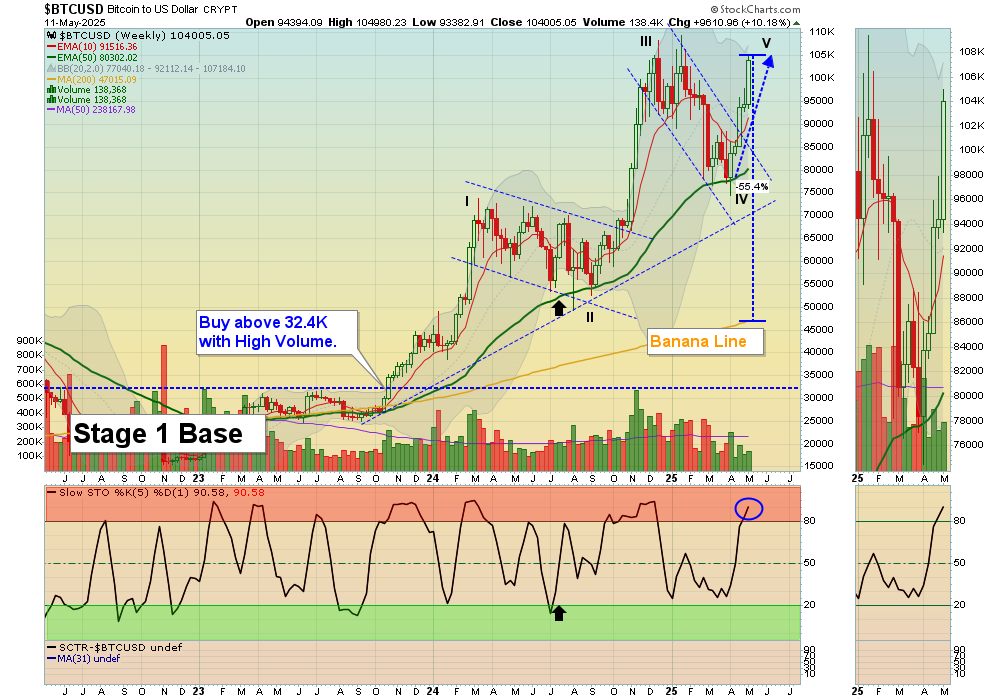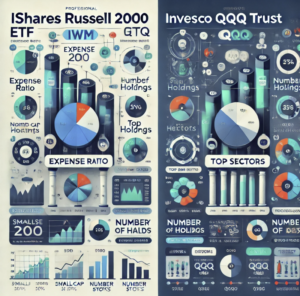
By ATGL
Updated September 24, 2024
Exchange-traded funds (ETFs) are essentially portfolios of individual stocks, bonds, or other securities modeled to reflect the movements of a wide range of asset classes, such as a stock market index, industry sector, foreign markets, or commodities. Individual investors can purchase shares of an ETF rather than buying separate securities on their own. ETFs help to lower transaction costs and expense ratios and benefit from the economies of scale previously only available to institutional investors.
How Profitable Are ETFs?
The profitability of ETFs depends on various factors, such as the performance of the underlying assets, market conditions, and the fees and expenses of the fund. ETFs operate similarly to mutual funds, where an investment manager oversees the buying and selling of securities held within the ETF on behalf of shareholders. Unlike mutual funds, which are priced at the end of the market day, ETFs are traded like stocks with a bid and ask during trading hours.
Some ways that investors can maximize profitability when investing in ETFs include selecting ETFs that match their investment objectives, using effective trading techniques to optimize their gains, and periodically reviewing and rebalancing their portfolio to maintain a desirable asset allocation and risk exposure.
Top 4 ETF Investment Strategies You Must Try and Why
If you’re new to ETFs, deciding on ETF investment strategies that align with your risk tolerance can be challenging. Here are four ETF portfolio strategies to consider.
1. Dollar-Cost Averaging
Dollar-cost averaging is a sound ETF strategy for new investors just getting their feet wet in the market. There’s no heavy technical analysis involved, and you don’t need to be skilled in reading earnings reports to take advantage of it.
Essentially, you select a single ETF or a group of ETFs to invest a fixed amount of money in every month. By investing a fixed amount of money in ETFs at regular intervals, regardless of price fluctuations, you can buy more shares when prices decline and fewer when they rise. This way, you can lower your risk of paying too much before market prices fall and increase the chances of earning higher returns over the long term
2. Asset Allocation
An asset allocation model is a smart ETF investing strategy for beginners seeking a diversified portfolio. It allows investors to select asset classes modeled on their risk tolerance, time horizon, and investment goals. Through asset allocation, you can reduce volatility and diversify your portfolio while optimizing returns.
Individuals can choose between the various ETFs available and model them after their investment objectives. For instance, if they’re seeking investments with a high return potential that carry some risk, they could purchase ETFs that align with those principles.
In contrast, someone who doesn’t want to take on excess risk might invest in an asset allocation model consisting of ETF’s based on one’s expected long-term returns and risk preferences. For example, a conservative investor who seeks preservation of capital could pick a 20/60/20 model with 20% in stocks or equities, 60% in bonds and 20% in cash.
3. Swing Trading
A swing trading ETF strategy seeks to benefit from ups and downs in certain investments, including stocks, commodities, or foreign exchange (forex). Typically, swing trading has a time horizon lasting from a few days to several weeks, and once the investor achieves their objective, they sell their holdings in the ETF.
Since ETFs are available for nearly every type of investment class and market sector, such as technology, energy, healthcare, and commodities, they are attractive to swing traders because they offer diversification, liquidity, low fees, and exposure to various market trends. For instance, someone who understands the fundamentals and principles of currency exchange rates could invest in ETFs that align with their expectations concerning forex rises and falls against the U.S. dollar.
Swing trading ETFs allows you to benefit from market trends and momentum that occur over short periods of time. Incorporating technical and fundamental analysis can help you make the most of this strategy.
4. Sector Rotation
Another ETF investing strategy is sector rotation, which involves purchasing different ETFs according to their expected financial performance based on market outlook. Historically, specific market sectors tend to outperform during market downturns or upturns. Someone following a sector rotation strategy would buy ETFs with a rosy market outlook and sell them when they anticipate a decline in their value.
For example, when markets decline from their highs, stable companies in the healthcare and utilities sector typically increase in value. After all, people continue to seek medical care when they need it, regardless of economic outlook. So, someone following a sector rotation strategy might seek out ETFs in those industries to mitigate risk during bear markets.
Conversely, if the market seems poised for a swift acceleration, someone following a sector rotation ETF strategy might invest in real estate, technology, or consumer discretionary ETFs that tend to perform well in periods of high growth.
While following a sector rotation strategy has its benefits, it does come with a few risks — such as missed opportunities for lower-priced shares. Trading frequently can also result in higher transaction costs and taxes.
Master ETF Trading Strategies With Above The Green Line
Knowing the basics of ETFs can help you begin your investing journey, but it’s not always easy to develop an ETF investment strategy on your own. With the help of Above The Green Line’s ETF sector rotation strategy, you can take a disciplined approach to your investments. Sign up today to receive our recommendations for a well-diversified ETF portfolio that considers current economic cycles and market expectations.
Sources:
What Is An ETF? – Fidelity
How Investors Earn Income From Investing in ETFs (thebalancemoney.com)
What Is Dollar Cost Averaging? | Charles Schwab
SEC.gov | Beginners’ Guide to Asset Allocation, Diversification, and Rebalancing
What Is Swing Trading? – Fidelity
Your Complete Guide to Sector Rotation | Nasdaq






